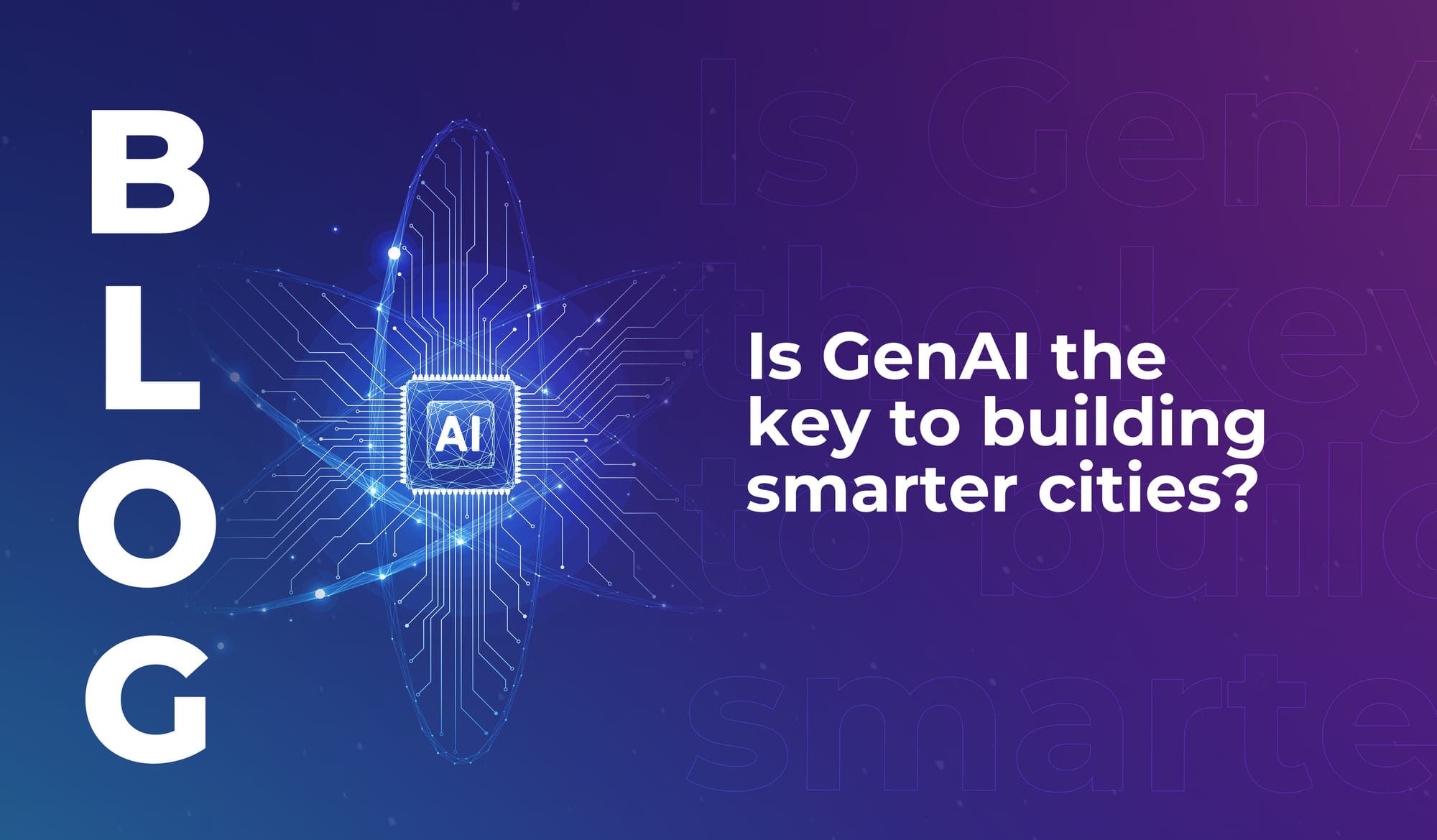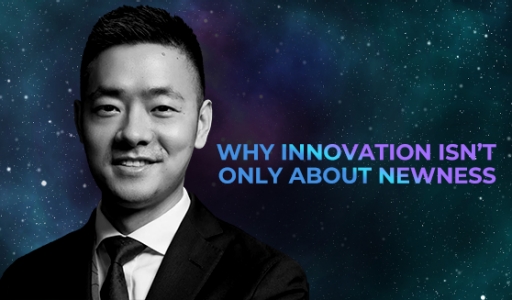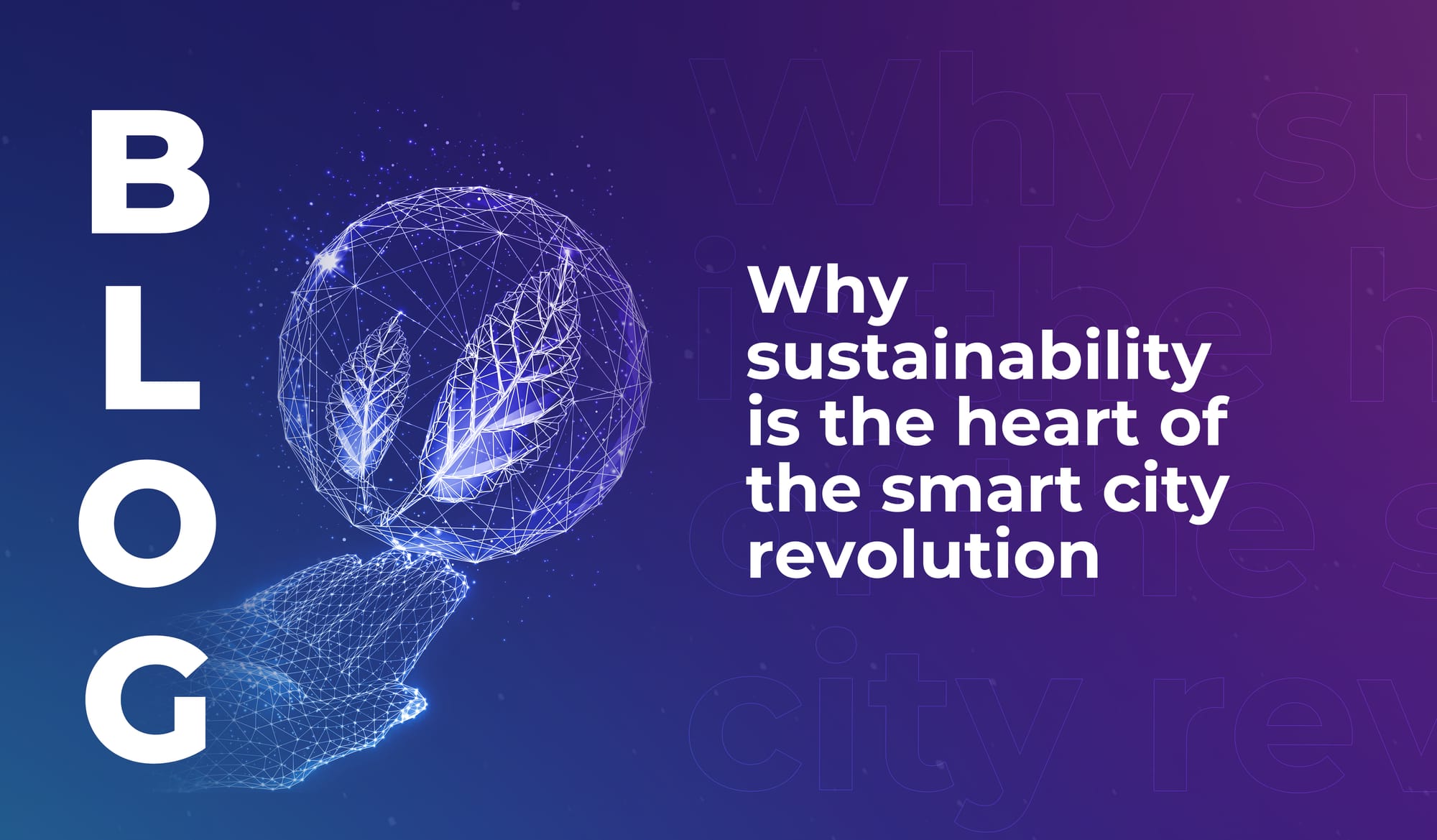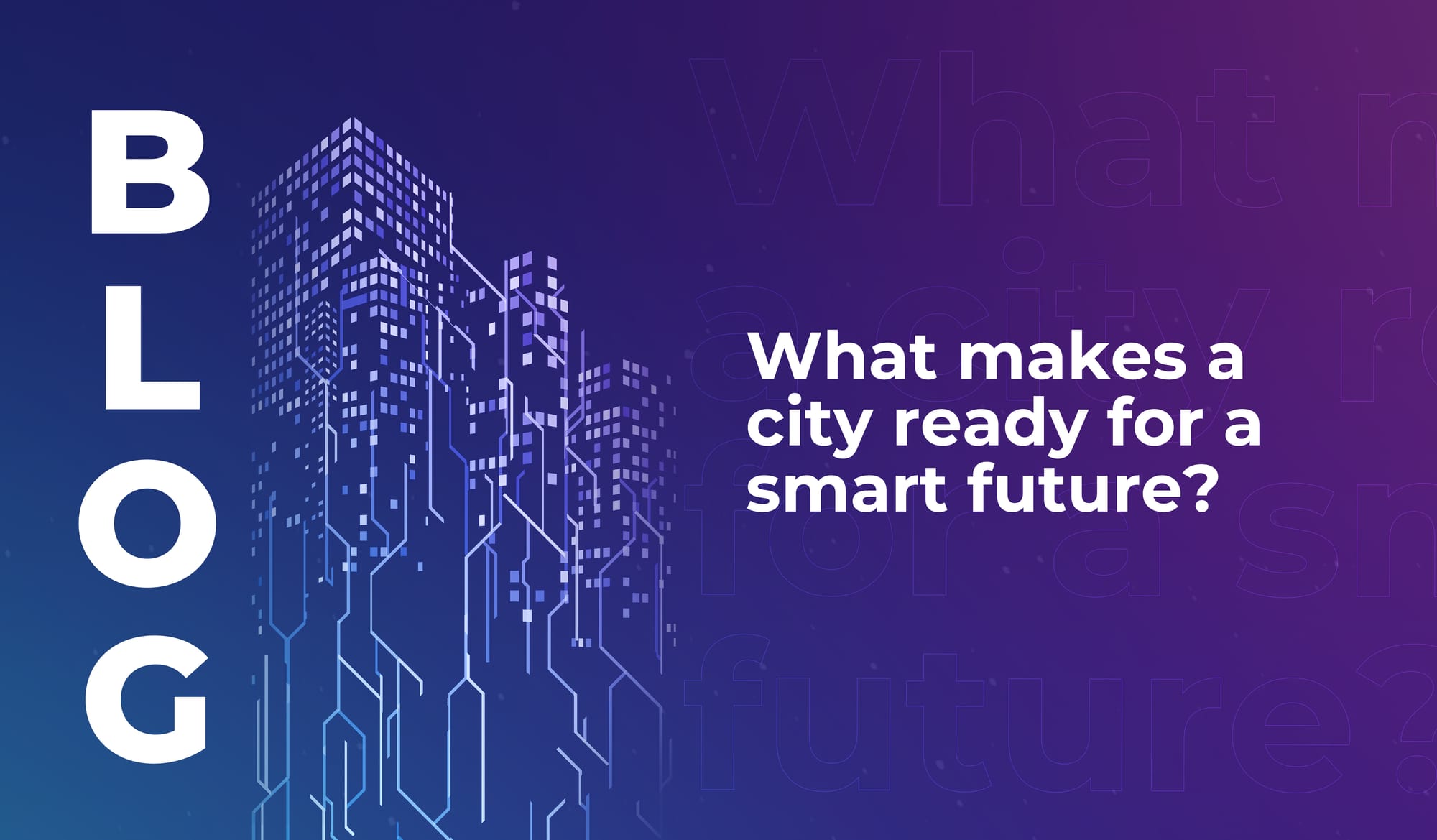
Is GenAI the key to building smarter cities?
Learn how generative AI is unlocking the true potential of digital twins – to make smart cities more efficient, inclusive, and citizen-focused.


“If technology is not geared and designed to create access and to better the conditions of everybody in society, then what is it for, really?”
When we talk about innovation, we usually think of newness. New ideas, new technologies, smart inventions. But as we look into the future and imagine how we can utilise technology for the greatest positive impact, we need to make sure we also integrate innovation into the way we use tech that already exists.
It’s not always about newness — innovation can be powerful when we do it with old stuff, too.
OK, maybe ‘old stuff’ is inaccurate here — it was a talk by Frank Dai (President of Cloud Business at Huawei Middle East) at #LEAP22 that reminded us to draw existing technologies into our innovation mindset. And Dai was sharing his company’s forward-thinking development of Cloud technology, in the context of the digitalisation of everything from complex infrastructure to individual services, like high-speed conference calls.
Digitalisation is happening. And it’s going to play an essential role in overcoming the challenges faced by governments, businesses, and individuals in an increasingly globalised world. But Dai noted, “We do believe there’s no need to reinvent the wheel.” Instead, Huawei is focusing much of its research and development budget (the company invested USD $21 billion in r&d in 2020) on developing its Cloud service to encompass a full stack of capabilities.
COVID-19 has shown us we can make big changes with existing tech
In 2021, BCG and Hello Tomorrow published a report called Deep Tech: The Great Wave of Innovation. Within that report, technology including (but not limited to) AI, synthetic biology, nanotechnologies, and quantum computing were heralded as the new wave of innovative ventures that will solve the most complex problems the world faces today.
And we’re totally behind that. We agree that new tech will provide us with new solutions and new possibilities for the future of our species on earth (and beyond earth, probably, one day). But hidden in the shadows of all the excitement is a different, more understated kind of innovation: new use cases for existing tech.
The pandemic has highlighted the reality that when people are pushed to adopt technology in fresh ways, change happens fast. As detailed in a number of survey-based analyses, COVID-19 accelerated the adoption of tech among both organisations and consumers. One such survey, by McKinsey, found that companies have sped up the digitisation of customer and supply chain interactions, as well as their internal operations, by three to four years; while the share of digital or digitally enabled products in their portfolios has accelerated by seven years. McKinsey also found that survey respondents “expect most of these changes to be long lasting and are already making the kinds of investments that all but ensure they will stick.”
Simultaneously, consumers made a dramatic move towards digital channels during 2020 — food and household shopping, for example, saw an average of 30% growth in online customer base across 45 countries. People have quickly adapted to digital processes in order to do essential tasks and to engage in life-enriching activities (like socialising).
Most of this fast-paced change hasn’t happened with new tech. It’s happened through the adoption of existing technologies. This whole shift can be typified by Zoom becoming a household verb as a result of the pandemic. The platform existed before, of course. But as of December 2019, Zoom hosted 10 million daily meeting participants; and in April 2020, it hosted 300 million. People needed a way to communicate, to meet, to share ideas, to keep businesses running — and so they levelled up their Zoom skills and started Zooming.
The key lies in skills acquisition and simplified services
Innovation is about new methods as much as it’s about new products. Which brings us neatly back to Huawei’s Cloud-based digital infrastructure. Cloud tech isn’t new, but Dai pointed out that in some industries, a lack of skill sets is a barrier to the adoption of digital tech. And by extension, that’s a barrier to future performance — as Dai noted, looking into the future, the revenue of companies that are better at leveraging digitalisation will be 6x higher than those that don’t embrace it.
Where skills acquisition is the issue, companies like Huawei are working to fill in the gaps; by providing digital solutions as a service, so that even complex infrastructure and operations are presented to the client as simple, user-friendly experiences.
“One of the benefits of digitalisation is that you can extract a complex business problem into a mathematical problem,” Dai said, and then use that to develop a front-end service that’s easy to use. Complicated logistics that would once have been handled by large teams of highly skilled people can be condensed into a digital tool that offers adaptability, convenience, and agility.
For an increasingly digitised future, the innovation challenge that many companies face isn’t in creating new tech. It’s in simplifying the way that users experience existing technology so that more people are able and willing to embrace it. The less of a learning curve it takes to adopt a digital solution (for an individual, a corporation, or even a government), the more likely that solution is to be adopted.
So innovation isn’t just about newness. It’s also about creating new methods to make the most of the technology that’s already out there, and developing smart ways to present complex technology in a simple, satisfying way.

Learn how generative AI is unlocking the true potential of digital twins – to make smart cities more efficient, inclusive, and citizen-focused.

The smart cities of the future will use tech to lower emissions, cut urban temperatures, and improve quality of life in highly populated areas.

Discover the cities that rank highly for smart city preparedness, and learn why locally relevant innovation is more important than cutting-edge tech.

Learn how generative AI is unlocking the true potential of digital twins – to make smart cities more efficient, inclusive, and citizen-focused.

The smart cities of the future will use tech to lower emissions, cut urban temperatures, and improve quality of life in highly populated areas.

Discover the cities that rank highly for smart city preparedness, and learn why locally relevant innovation is more important than cutting-edge tech.